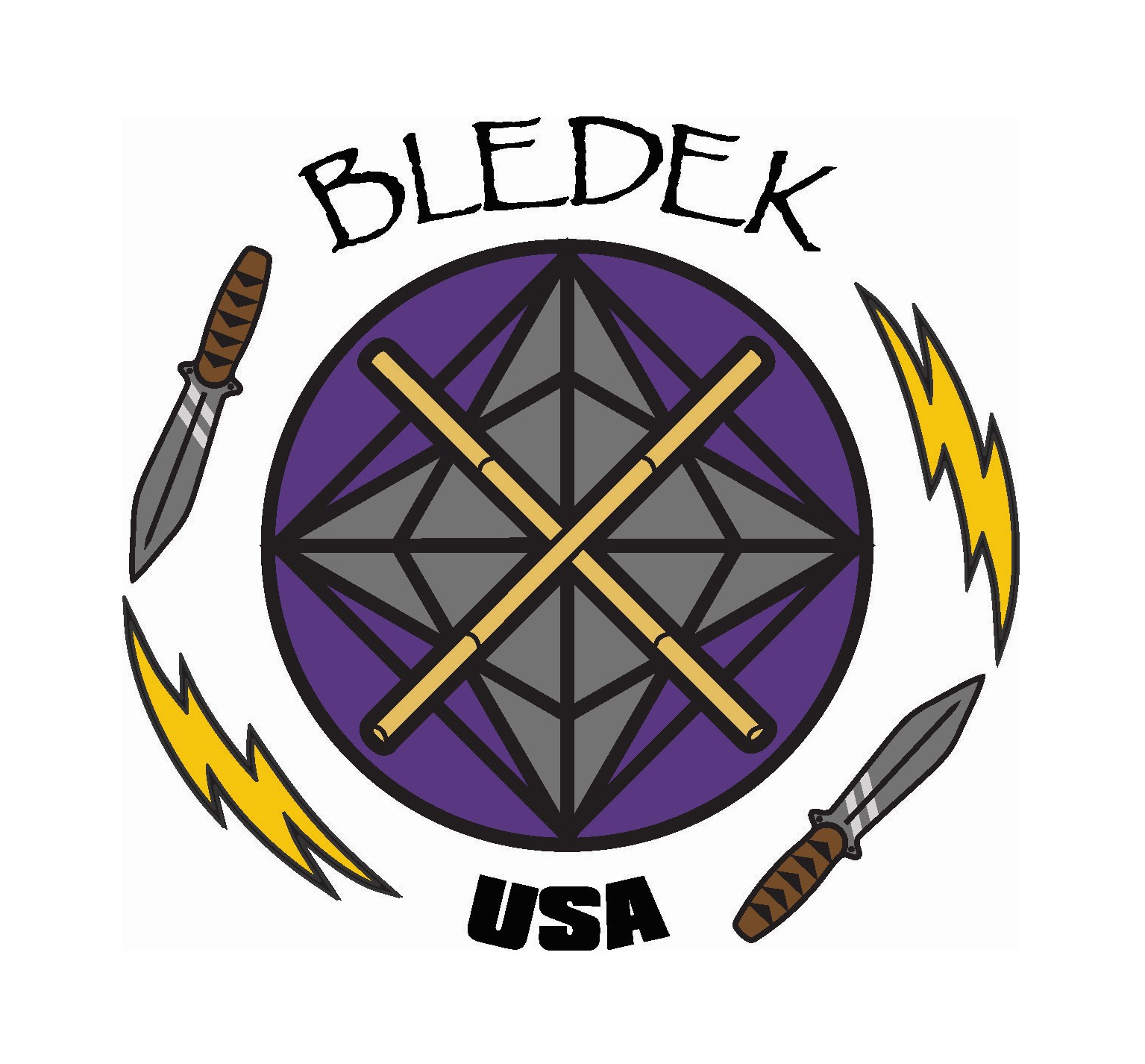Training with specific challenges or opponents in mind is good for developing our repertoire of skills and our self-confidence – which is critical.
Take a moment to imagine your worst fight nightmare. Who or what do you imagine? Sometimes the adversary I struggle to imagine overcoming is a Sumo wrestler that gets his hands on me and picks me off the ground. I contemplate how to do what my training dictates without walking right into that trap. What do you imagine is your worst opponent? Hopefully, yours is not a bad memory of a fight you once lost.
There is a good reason to play through these thought games. My first Pentjak Silat instructor, Guru Tom, introduced me to the practice. I have utilized it off and on over the years, but more-so later as I began exploring what I know. The practice is this: imagine your adversary attacking you the way that adversary would and imagine what you would do. Does it work? Would you expect it to really work? Imagine more until you start to feel like you have real solutions to deal with that adversary. Then play them out against your imaginary, phantom foe. Physically practice those solutions until they feel like you could truly pull them off. Adjust, as necessary.
Does that sound silly? Certainly, it sounds simple. Why bother? Well, it is simple, but not necessarily easy. I am not skilled at meditation; it would help if I were, but even so, this practice is, I find, very helpful. Anything that is helpful is worth trying or doing.
Sports medicine psychology has a name for this practice. It is called, accelerated learning through guided imagery, and it is proven to be effective at accelerating the development of skills and performance. It works because it trains ideomotor response: the body’s conditioned response to stimuli.
The more vividly we imagine our adversary and our response to his attack, the more strongly we trigger ideomotor response and the more profoundly we develop our conditioned response. That is why a skill with meditation might be useful. We can supplement our imagination if we engage our training partners. What works in our imagination does not always work in the gym. Sometimes it helps to test and refine our responses with a person. Additionally, that person can help us imagine other or better responses.
A key component to the practice of guided imagery is attentional focus, a psychology word for being self-aware of the stimulus and your response to it. I will write more about attentional focus in another post. What matters here is that it is critical to make strong, established, positive connections. Doubt and anxiety are negative. Relaxation and fun are positive. If you imagine being struck or defeated, replay the scenario again until you are victorious, then repeat until you feel victorious every time. Create scenarios where there is no pressure to perform; do not imagine consequences, just play.
If, heaven forbid, you ever face an attack like one that worries you, what do you want your conditioned response to be? Do you want your mind to jump to something like, “No! This is just like that attack I’ve always feared! What do I do?” Or do you want your mind to jump to something like, “Oh! I’ve played this scenario before and beat it twenty ways, more than a hundred times. I will defeat this!” Thousands of top athletes use guided imagery to improve their performance, especially against opponents they know they are going to face. It works for the rest of us too. Give it a try. Where will you begin? What is your nightmare?
Alan
Colorado Springs, CO, U.S.A.
My favorite, primary source of information concerning applied sports psychology is this book:
Kidwell, Jay, Ph.D. Instinctive Archery Insights, Revised Edition: Accelerated Learning Through Applied Psychology, Cure Target Panic. Cassville, Missouri: Litho Printers, 2004.
